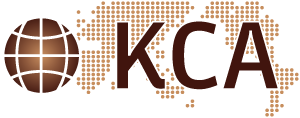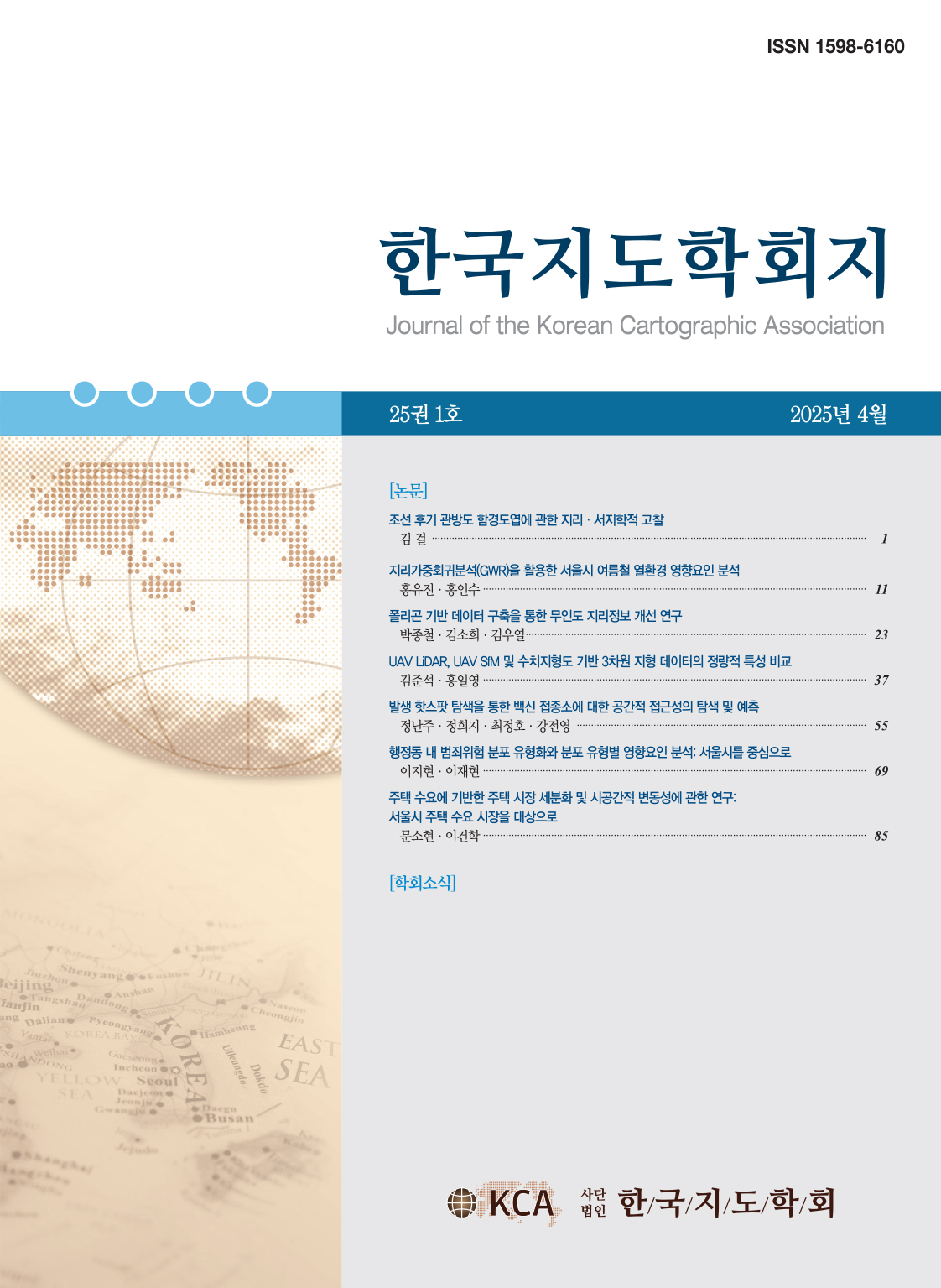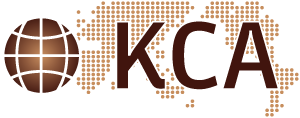Research Article
Abstract
References
Information
The main objective of this study is to offer properly generalized digital files of Korea administrative boundaries for thematic mapping. In a theoretical concern, the digital generalization model proposed by McMaster and Shea is intensively reviewed, and two major simplification algorithms, the Douglas-Peuker algorithm and the Visvalingam-Whyatt algorithm, are thoroughly compared. As a result, a modified version of the Visvalingam-Whyatt algorithm is selected mainly because it is better in preserving the contiguity property among the original areal units and in performing the smoothing operation while simplifying map features. The generalization framework is applied to the 2020 boundary file of the most detailed administrative areal units in South Korea targeting for 1:4,000,000 and 1:8,000,000 map scales. By comparing the generalized maps created at the 8 different vertex retention rates, it is concluded that the 0.2% retention rate map is suitable for the 1:4,000,000 scale and the 0.05% retention rate map is for the 1:8,000,000 scale. This study is expected to help people avoid the use of the far too detailed raw boundary files and/or the far too scant generalized files, and can be seen as a cornerstone of a broader project to construct a standardized set of administrative boundary files which are designed in compliance with different map scales that people freely use for their needs.
본 논문의 주된 연구 목적은 우리나라 디지털 행정구역 경계 파일의 일반화를 위한 실행 원칙을 수립하고, 그것에 기반해 적절한 일반화가 적용된 주제도 제작용 기본도를 제시하는 것이다. 이론적인 수준에서 맥매스터와 셰이의 디지털 일반화 모형을 검토하였고, 알고리즘 수준에서는 더글라스-포이커 알고리즘과 비스발링엄-화이엇 알고리즘을 비교하였다. 일반화를 위한 알고리즘으로 원 데이터의 피처간 연접성이 보존되고, 단순화뿐만 아니라 완곡화도 일부 수행하는 수정 비스발링엄-화이엇 알고리즘이 채택되었다. 우리나라 2020년 6월 30일 기준의 읍면동 경계 파일을 대상으로 목표 축척을 1:4,000,000과 1:8,000,000으로 설정한 일반화를 수행하였다. 서로 다른 버텍스 보존율로 일반화한 여덟 장의 지도를 비교한 결과, 1:4,000,000 축척을 위해서는 버텍스 보존율이 0.2%인 지도, 1:8,000,000 축척을 위해서는 버텍스 보존율이 0.05%인 지도가 적절한 것으로 판단되었다. 본 연구는 상세성이 너무 높은 원본 행정구역 경계 파일이나, 원칙과 근거가 부족한 일반화가 적용된 경계 파일을 무비판적으로 사용하는 관행에서 벗어날 수 있는 최소한의 근거를 제시했고, 축척별 표준 행정구역 경계 파일의 세트를 구축하기 위한 보다 광범위한 기획의 시발점 역할을 했다는 의미에서 학술적・실질적 가치가 있다고 평가한다.
- 국토지리정보원, 2015, 「대한민국의 시작 독도: 지도로 본 대한민국의 영토의 끝 지점들」, 킨코스코리아.
- 김남신, 2003, "선형사상 일반화를 위한 알고리즘 개발에 관한 연구," 한국지도학회지, 3(1), 43-50.
- 신정엽・김감영・이건학 역, 2013, 「지도와 디자인」, 서울: 시그마프레스. (Krgier, J. and Wood, D., 2011,
Making Maps: A Visual Guide to Map Design for GIS , 2nd ed., New York: The Guilford Press.) - 이건학・김감영・김영호・김영훈・신정엽・이상일 역, 2014, 「지도학과 지리적 시각화」, 서울: 시그마프레스. (Slocum, T.A., McMaster, R.B., Kessler, F.C., and Howard, H.H., 2009,
Thematic Cartography and Geovisualization , 3rd ed., Upper Saddle River: Prentice Hall.) - 이상일・신정엽・김현미・홍일영・김감영・전용완・조대헌・김종근・이건학 역, 2009, 「지리정보시스템과 지리정보과학」, 서울: 시그마프레스. (Longley, P.A., Goodchild, M.F., Maguire, D.J., and Rhind, D.W., 2005,
Geographical Information Systems and Science , 2nd ed., Hoboken: John Wiley & Sons.) - 이상일・이몽현, 2020, "무작위합역 절차의 다양성에 대한 시뮬레이션 연구," 한국지도학회지, 20(3), 93-107. 10.16879/jkca.2020.20.3.093
- 이재은・박우진・유기윤, 2012, "임계값 설정에 따른 선형 단순화 알고리듬의 반응 특성 연구," 한국측량학회지, 30(4), 363-368. 10.7848/ksgpc.2012.30.4.363
- 조대헌・정재준・이상일, 2012, "디지털 맵 데이터를 이용한 세계지도 제작의 실행 방안," 한국지도학회지, 12(1), 33-47.
- 황철수, 1999, "Douglas-Peucker 단순화 알고리듬 개선에 관한 연구," 한국측량학회지, 17(1), 97-108.
- Brassel, K.E. and Weibel, R., 1988, A review and conceptual framework of automated map generalization,
International Journal of Geographical Information System , 2(3), 229-244. 10.1080/02693798808927898 - Cebrykow, P., 2017, Cartographic generalization yesterday and today,
Polish Cartographical Review , 49(1), 5-15. 10.1515/pcr-2017-0001 - Douglas, D.H. and Peucker, T.K., 1973, Algorithms for the reduction of the number of points required to represent a digitized line or its caricature,
Cartographica , 10(2), 112-122. 10.3138/FM57-6770-U75U-7727 - Dutton, G., 1999, Scale, sinuosity, and point selection in digital line generalization,
Cartography and Geographic Information Science , 26(1), 33-54. 10.1559/152304099782424929 - ESRI, 1996, Automation of map generalization: The cutting-edge technology, White Paper Series.
- ESRI, 2000, Map generalization in GIS: Practical solutions with workstation ArcInfo software, Technical Paper.
- Fowler-Sarro, D., 2005, The U.S. Census Bureau's generalization concepts on a modernized data structure,
Proceedings of International Cartographic Conference , Coruna, Spain. - Harrower, M. and Bloch, M., 2006, MapShaper.org: A map generalization Web service,
IEEE Computer Graphics and Applications , 26(4), 22-27. 10.1109/MCG.2006.85 16863094 - Kelso, N.V. and Patterson, T., 2010, Introducing Natural Earth data - naturalearthdata.com,
Geographia Technica , Special Issue, 82-89. - Li, Z., 2007, Digital map generalization at the age of enlightenment: a review of the first forty years,
The Cartographic Journal , 44(1), 80-93. 10.1179/000870407X173913 - Lovelace, R., Nowosad. J., and Muenchow, J., 2019,
Geocomputation with R , Boca Raton: CRC Press. 10.1201/9780203730058 - McMaster, R.B., Galanda, M., Schroeder, J., and Koehnen, R., 2005, The creation of a national multiscale database for the United States census,
Proceedings of the International Cartographic Conference , Coruna, Spain. - McMaster, R. B. and Monmonier, M., 1989, A conceptual framework for quantitative and qualitative raster-mode generalization,
GIS/LIS Proceedings , Vol.2, Orland, FL, 390-403. - McMaster, R.B. and Shea, K.S., 1992,
Generalization in Digital Cartography , Washington D.C.: Association of American Geographers. - Monmonier, M., 2018,
How to Lie with Maps , 3rd edition, Chicago: The University of Chicago Press. 10.7208/chicago/9780226436081.001.0001 - Li, Z. and Openshaw, S., 1992, Algorithms for automated line generalization based on a natural principle of objective generalization,
International Journal of Geographical Information Systems , 6(5), 373-389. 10.1080/02693799208901921 - Peng, D., Wolff, A., and Haunert, J.-H., 2016, Continuous generalization of administrative boundaries based on compatible triangulations, in Sarjakoski, T., Santos, M.Y., and Sarjakoski, L.T. eds.,
Geospatial Data in a Changing World , New York: Springer, 399-415. 10.1007/978-3-319-33783-8_23 PMC4799885 - Robinson, A.H., Morrison, J.L., Muehrcke, P.C., Kimerling, A.J., and Guptill, S.C., 1995,
Elements of Cartography , 6th edition, New York: John Wiley & Sons. - Saalfeld, A., 1999, Topologically consistent line simplification with the Douglas-Peucker algorithm,
Cartography and Geographic Information Science , 26(1), 7-18. 10.1559/152304099782424901 - Schroeder, J.P. and McMaster, R.B., 2007, The creation of a multiscale National Historical Geographic Information System for the United States Census,
Proceedings of International Cartographic Conference , Moscow, Russia. - Siemer, J., 2017, Using statistics Canada data to map Canada's population,
Potsdamer Geographische Praxis , 12, 35-49. - Shin, J., 2009, Multi-scaled line simplification of the digital maps and quantifying the comparative results: Case study with USGS DLG hydrology data in the US Buffalo region,
Journal of the Korean Cartographic Association , 9(1), 27-37. - Tsoulos, L., 1995, Cartographic generalization in digital environment,
International Hydrographic Review , 72(2), 151-163. - Tyner, J.A., 2010,
Principles of Map Design , New York: The Guilford Press. - Visvalingam, M. and Whyatt, J.D., 1990, The Douglas-Peucker algorithm for line simplification: Re-evaluation through visualization,
Computer Graphics Forum , 9, 213-228. 10.1111/j.1467-8659.1990.tb00398.x - Visvalingam, M. and Whyatt, J.D., 1993, Line generalisation by repeated elimination of points,
The Cartographic Journal , 30(1), 46-51. 10.1179/caj.1993.30.1.46 - Wright, J.K., 1942, Map makers are human: Comments on the subjective in maps,
Geographical Review , 32(4), 527-544. 10.2307/209994
- Publisher :The Korean Cartographic Association
- Publisher(Ko) :한국지도학회
- Journal Title :Journal of the Korean Cartographic Association
- Journal Title(Ko) :한국지도학회지
- Volume : 21
- No :2
- Pages :29-44
- DOI :https://doi.org/10.16879/jkca.2021.21.2.029



 Journal of the Korean Cartographic Association
Journal of the Korean Cartographic Association





